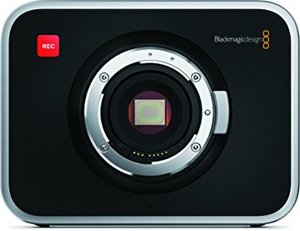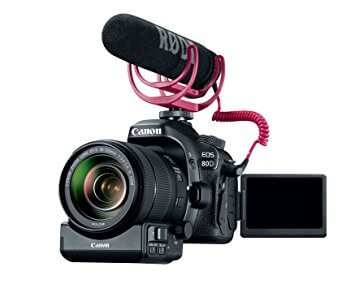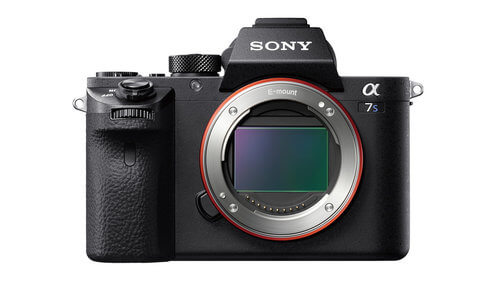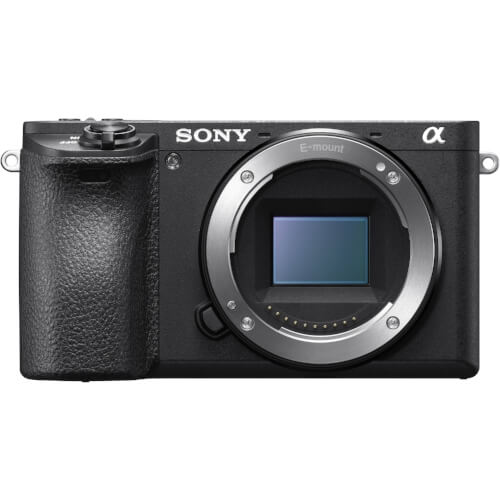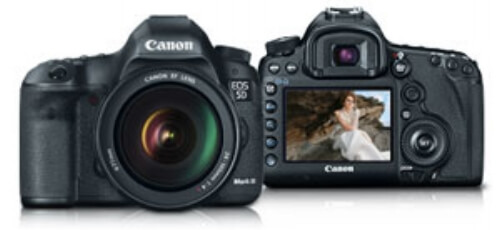Part 4: The Role of the Film Director
In part 4 of our series on “How to Make a Movie,” we cover the role of the film director.
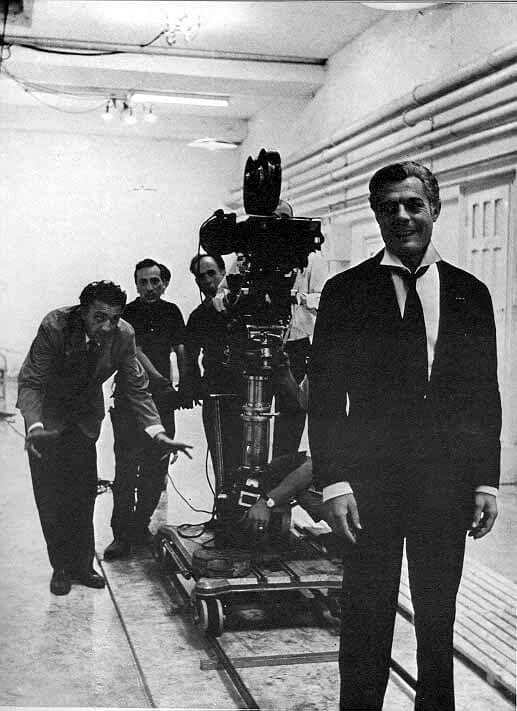
The director is probably the most important person to the movie. It is through his or her eyes that the picture really comes to life. The director will read the screenplay and decide how they will film it.
They will decide at which angle the camera will face and will most likely film all scenes from several different angles to see which they like better. The director is like a painter. The audience will see the film through his or her eyes.
There are some directors who were once actors and now feel that they would rather produce and direct. They are the best type of directors to have as they know about acting and how to communicate with actors.
Actors are not always compliant and have been known to storm off sets, not show up on time, or not show up at all. This has gone on through the history of film making and continues to this day.
Some directors are known as being one take directors who are consummate professionals and who will not put up with any nonsense from their cast.
This occurs more often today as budgets are tight and actors are not under contract and are not offered protection from the studio heads for their shenanigans.
Clint Eastwood is an example of a director who is known to get it in one take. Eastwood began his career as a contract player at Universal Studios in the 1950s, became a western hero in the 1960s and the biggest box office draw in the 1970s for his tough guy series.
Clint Eastwood is an example of a director who is known to get it in one take. Eastwood began his career as a contract player at Universal Studios in the 1950s, became a western hero in the 1960s and the biggest box office draw in the 1970s for his tough guy series.

He also played on television in the 1950s and early 1960s, played in musicals and comedies. In addition to all of this, Eastwood also can add being the mayor of Carmel, California, on his resume.
He has pretty much done everything there is to do in Hollywood, is revered as a producer, director and actor and still stands in line with the crew when it comes time to eat.
While Clint Eastwood is a one take director who is known for bringing his films in under budget, other directors of the past often did 19 different takes before they got a scene they could use.
William Wyler was one of the most brilliant of the directors of the Golden Age and has the honor of directing the first film to ever win an Academy Award. The film was a silent film called “Wings.”
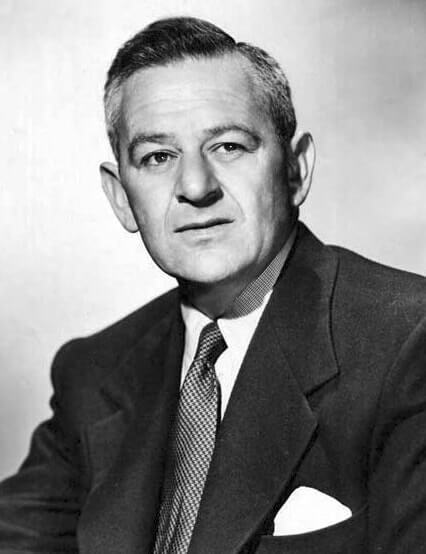
Wyler often went over and over scenes to the point it would take two or three days to get one scene “just right.”
He was well respected in his field in a day when studio heads were willing to pay a bit more for perfection.
The director will decide how to shoot a scene so that it tells the story in the best way to the audience. One of the most brilliant directors who ever lived was Alfred Hitchcock.
The famous “shower scene” in the film “Psycho” is considered to be pure genius. When this film was made, no nudity of any kind was allowed on the screen.
The violence of the stabbing would not be allowed, either. If you watch the scene in “Psycho,” you will see that you never see the knife make contact with the victim.
Nor do you ever see any nudity.
Janet Leigh used a body double to shoot this scene, just in case, as the double had to be nude to do the scene properly. Leigh would not shoot a scene naked, so a double was used.
Still, no flesh was allowed to be shown on the screen, so the way that Hitchcock directed this very famous sequence is truly remarkable.
If you are going to direct your own film, you should have an idea of how you want the film to be portrayed and how it is visualized to the audience.
You should have an idea of how you want it to look. The audience will view the film as you see it in your eyes.
It is up to the director to decide what is a take, a print and a wrap. As a director, it is up to you do decide which angle will look best when you shoot a film.
Are you going to use a close up or are you going to use a wide angle?
The director will usually look at the films of the takes after filming to see what is working. It takes months to shoot a picture, sometimes even up to a year.
When you think that the average movie is about two hours long, there is a lot of time spent making sure that the quality of the film is up to snuff.
The director and producer will usually look at the “rushes” to see how the film is working out and if it is telling the story the way the director imagines it to be told.
Many actors will also look at the rushes as well to see if they can improve their characters. Many of them are worried about the way they will look on film.
The rushes are usually screened in the morning or in the late afternoon after shooting.
A film is not shot in sequence. A director may spend months shooting one scene and then shoot several scenes that occur earlier in the film in the same day.
Directors usually have to work around the schedule of the actors as well as whatever set they are on.
The film is shot in sequences and then put together in the editing room so that it resembles what you see on the screen. It is up to the director to what to shoot and when.
In some cases, a director may be waiting for a rainy day or a full moon in order to shoot a scene.
The director is the artistic manager of the film. It is he or she who tells the actors where to stand and how to speak in the film.
If a director does not like the way that an actor is acting, they will talk to them about it.
Directors are the artists that work behind the scenes of the film. It is desirable for the director to get along with the cast in order to invoke a powerful performance from the actors.
It is up to the movie producer to hire the director. While many people who are thinking of making their own movie will think of the stars that they want to see in the movie, the director is actually more important.
Put just as much thought into who directs your movie as you do who is actually playing in the film.
Obviously, if you are producing your own movie, you are not going to be able to get a top name director for your small project.
One way to get someone who understands film direction is to get someone who is in film school.
They may like the idea of directing their first film and you can get someone to direct at a very small budget.
2Bridges Productions Copyright © 2017. Address: 25 Monroe St, New York, NY 10002. Phone: 516-659-7074 – All Rights Reserved.
We are a participant in the Amazon Services LLC Associates Program, an affiliate advertising program designed to provide a means for us to earn fees by linking to Amazon.com and affiliated sites.

